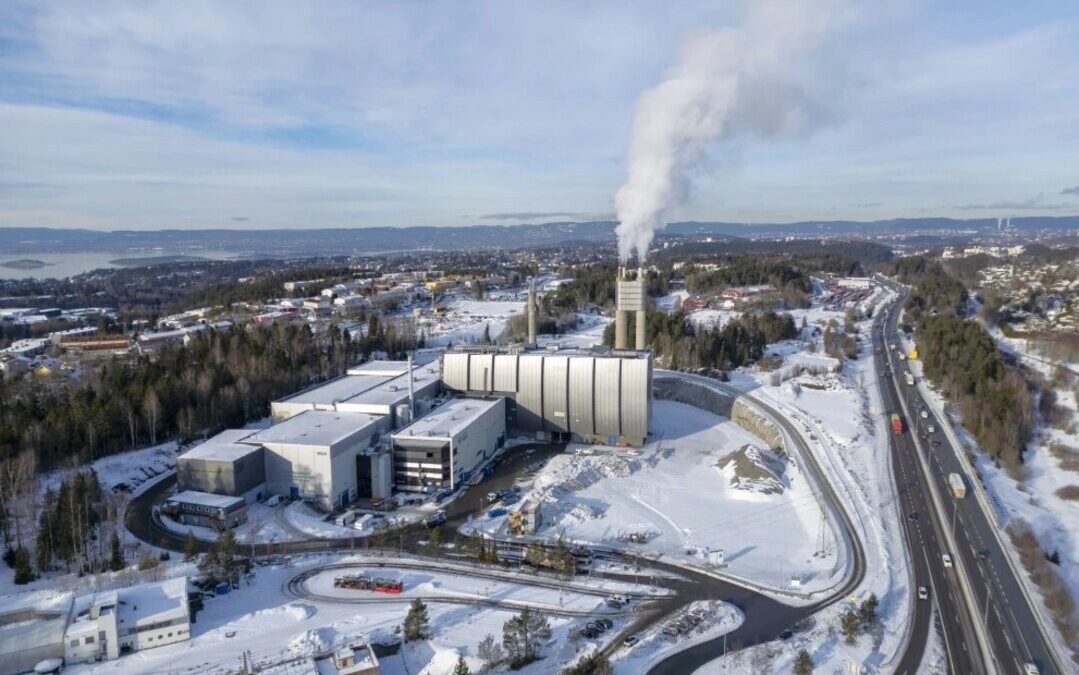Norway’s Hafslund Celsio to Pioneer Waste-to-Energy Carbon Removal Retrofit
Hafslund Celsio pioneers Europe’s first waste-to-energy carbon capture retrofit, paving the way for large-scale CO₂ removal.
Norway’s Hafslund Celsio is set to become the world’s first waste-to-energy facility to integrate carbon capture technology.
This move could serve as a model for retrofitting hundreds of similar plants across Europe to remove carbon dioxide from the atmosphere.
The project, facilitated by the US-based carbon removal initiative Frontier, aims to capture up to 175,000 metric tons of biogenic CO₂ annually from the Oslo-based incineration plant and an equivalent amount of fossil emissions.
Frontier buyers will contribute $31.6 million to remove 100,000 tons of CO₂ between 2029 and 2030 under an offtake agreement.
A Scalable Model for Europe
Hafslund Celsio’s facility processes approximately 350,000 metric tons of residual waste per year, converting it into electricity and heat.
The incineration process emits both biogenic CO₂ from organic materials and fossil CO₂ from inorganic waste such as plastics.
The retrofit will capture these emissions, which will be transported to the Northern Lights facility for permanent underground storage.
According to a press note, the success of this project could pave the way for widespread adoption across Europe. About 500 waste-to-energy plants could be retrofitted, potentially removing up to 400 million tons of CO₂ per year by 2050.
“Waste-to-energy retrofitted with carbon capture is a no-brainer solution for managing pre-sorted, residual waste: it generates carbon-free energy and removes CO₂ from the atmosphere,” said Hannah Bebbington, head of deployment at Frontier.
Public and Private Investment Drive Initiative
The Norwegian government’s Longship program is providing support for CO₂ capture and storage at Northern Lights, while the City of Oslo is financially backing the initiative. Frontier’s consortium of corporate buyers, including Google, Stripe, Shopify, and JPMorgan Chase, ensures long-term economic viability.
“We’re proud to be the first to take this step toward retrofitting waste-to-energy with carbon removal,” said Jannicke Gerner Bjerkås, director of CCS and carbon markets at Hafslund Celsio. “Frontier buyers are not only enabling this project but also validating a model that could be replicated throughout Europe.”
Norwegian Energy Minister Terje Aasland welcomed the initiative, emphasizing the role of public-private partnerships in scaling carbon removal in hard-to-abate sectors.
“This kind of cooperation contributes to creating a functioning market that will accelerate further projects nationally and internationally,” he said.
As European policymakers continue to push for sustainable waste management solutions, Hafslund Celsio’s pioneering project may mark the beginning of a new era in carbon removal for the waste-to-energy sector.

